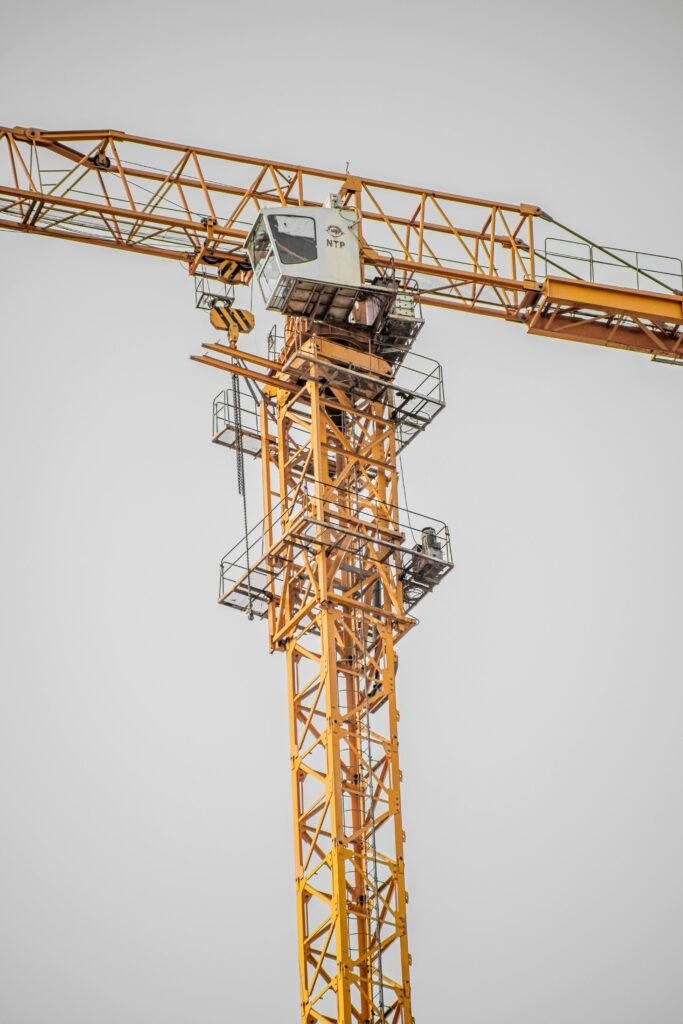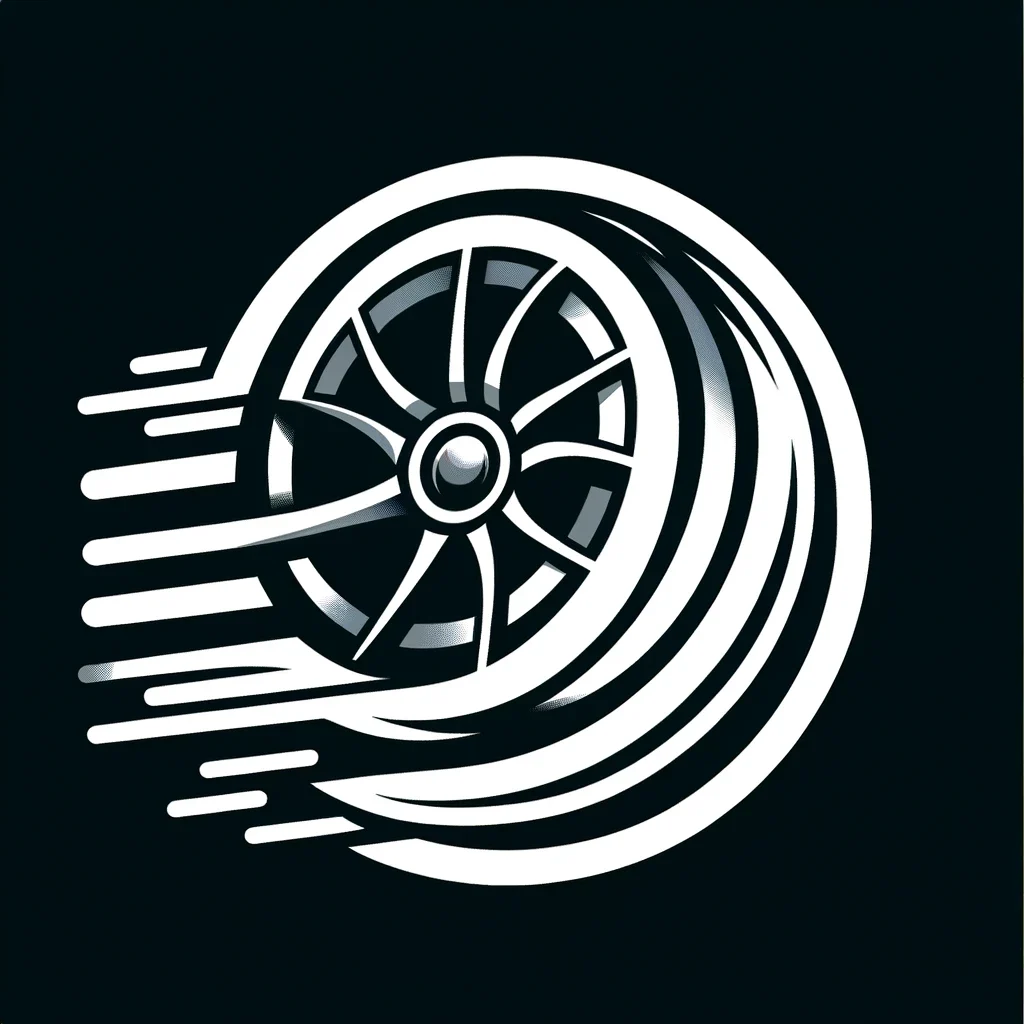In this engaging article, you will explore the world of rim materials as we delve into a comprehensive comparison between alloy and steel. Are you pondering which material is best suited for your vehicle? Well, look no further! We will break down the key characteristics, benefits, and drawbacks of both alloy and steel rims, providing you with the necessary insights to make an informed decision. So, fasten your seatbelt and get ready to explore the fascinating world of rim materials.
Strength and Durability
Alloy Rim Strength
Alloy rims are known for their superior strength compared to steel rims. The combination of different metals, such as aluminum, magnesium, or nickel, in alloy rims creates a stronger and more durable structure. This allows the rims to withstand heavy loads and resist bending or deformation under extreme conditions. Alloy rims are specifically engineered to be tough and can handle the pressure and stress of everyday driving, making them an excellent choice for vehicles that require higher performance.
Alloy Rim Durability
In terms of durability, alloy rims come out on top. The metal composition of alloy rims provides enhanced resistance against rust and corrosion, which can significantly increase their lifespan. Additionally, alloy rims are less prone to cracking or bending, even in rough road conditions, making them a reliable choice for long-term use. The durability of alloy rims not only ensures a safer and more stable driving experience but also minimizes the need for frequent replacements, ultimately saving you time and money in the long run.
Steel Rim Strength
While steel rims are generally regarded as sturdy and strong, they may not match the superior strength of alloy rims. Steel rims are made from a singular material – steel – which provides good overall strength. They are capable of withstanding heavy loads and are less likely to bend under pressure. However, steel rims may be more susceptible to deformation if subjected to extreme impact or harsh road conditions, making them slightly less durable compared to alloy rims.
Steel Rim Durability
Steel rims are known for their durability and long lifespan. The solid steel composition of these rims makes them highly resistant to cracks and warping, even in the most challenging driving conditions. However, steel rims are more prone to rust and corrosion when compared to alloy rims due to a lack of protective coatings. Regular maintenance, such as proper cleaning and applying protective coatings, is essential to ensure the longevity of steel rims. With proper care, steel rims can provide reliable performance and durability for an extended period of time.
Weight
Alloy Rim Weight
One of the significant advantages of alloy rims over steel rims is their weight. Alloy rims are inherently lighter due to the use of lightweight metals like aluminum. The reduced weight of alloy rims results in several benefits. Firstly, it reduces the unsprung mass of the wheel, improving the overall suspension system, handling, and maneuverability of the vehicle. Secondly, it contributes to better fuel efficiency by reducing the rotational mass and hence the amount of energy required to rotate the wheels. Lastly, the lighter weight of alloy rims puts less strain on the suspension system, prolonging its lifespan.
Steel Rim Weight
In comparison, steel rims are considerably heavier than alloy rims. The solid steel construction of these rims makes them bulkier and denser. The extra weight of steel rims can negatively impact the performance and fuel efficiency of a vehicle. Heavier rims increase the rotational mass, requiring more power to rotate the wheels and resulting in decreased fuel efficiency. Additionally, the additional weight can put strain on the suspension system, leading to increased wear and tear. However, for certain applications where weight is not a significant concern, such as commercial or heavy-duty vehicles, steel rims may still be a suitable choice.

This image is property of images.pexels.com.
Corrosion Resistance
Alloy Rim Corrosion Resistance
Alloy rims offer excellent corrosion resistance, thanks to their metal composition. The combination of various metals creates a protective barrier that helps prevent the formation of rust and corrosion. Additionally, alloy rims often come with protective coatings, such as clear coats or anodized finishes, that provide an extra layer of defense against environmental elements, including salt, moisture, and chemicals. These protective coatings help maintain the aesthetic appeal and structural integrity of alloy rims, making them more resistant to corrosion compared to steel rims.
Steel Rim Corrosion Resistance
Steel rims, on the other hand, are more susceptible to corrosion. Without any protective coatings, steel rims are prone to rust and oxidation when exposed to moisture and salt on the roads, especially in regions with harsh winters. Regular maintenance, including routine cleaning and applying rust inhibitors or sealants, is crucial for preserving the corrosion resistance of steel rims. Failure to take proper care of steel rims can lead to the formation of rust, compromising not only the aesthetics but also the structural integrity of the rims.
Heat Dissipation
Alloy Rim Heat Dissipation
Alloy rims are known for their excellent heat dissipation properties. The metal composition of alloy rims, particularly aluminum alloys, allows them to quickly disperse heat generated during braking. This heat dissipation helps prevent excessive heat buildup in the braking system, reducing the risk of brake fade and maintaining optimal braking performance. Additionally, good heat dissipation enhances the overall longevity of the braking components and minimizes the potential for warping or warping due to thermal stress. Alloy rims offer superior heat dissipation compared to steel rims, particularly in high-performance driving scenarios.
Steel Rim Heat Dissipation
Steel rims are generally not as effective at heat dissipation as alloy rims. Steel has a higher thermal conductivity compared to the materials used in alloy rims, but its density and solid construction can hinder the dissipation of heat. As a result, steel rims may retain more heat during braking, leading to higher temperatures in the braking system. This increased heat buildup can result in decreased braking efficiency and a higher risk of brake fade. However, for everyday driving conditions without excessive braking demands, the heat dissipation capabilities of steel rims are generally sufficient.

This image is property of images.pexels.com.
Aesthetics
Alloy Rim Aesthetics
Alloy rims are highly regarded for their aesthetic appeal. The use of lightweight metals like aluminum in alloy rims allows for intricate designs and a wide range of finishes. From polished chrome to matte black, alloy rims offer versatility in terms of aesthetics, allowing vehicle owners to personalize their vehicles to their liking. The sleek and modern look of alloy rims adds a touch of sophistication and style that steel rims may not provide. Alloy rims are often considered a visual upgrade that can enhance the overall appearance of a vehicle.
Steel Rim Aesthetics
Steel rims, while not as visually striking as alloy rims, still have their own charm in certain contexts. Steel rims often have a more traditional and rugged look, which may be favored by some vehicle owners. They create a distinct visual style that is associated with off-road or rugged vehicles. Steel rims are commonly found in industrial settings or on heavy-duty trucks and work vehicles, where aesthetics may take a back seat to durability and affordability. While steel rims may not offer the same level of versatility in terms of finishes and designs as alloy rims, they still have their own unique aesthetic appeal.
Cost
Alloy Rim Cost
In general, alloy rims tend to be more expensive than steel rims due to the use of higher-quality materials and more intricate manufacturing processes. The combination of lightweight metals and alloys, such as aluminum or magnesium, increases the production cost of alloy rims. Additionally, the various finishes and designs available for alloy rims contribute to their higher price tag. However, it is important to consider the long-term cost-effectiveness of alloy rims. Their durability, resistance to corrosion, and superior performance may offset the initial higher cost, as they require less frequent replacements and maintenance.
Steel Rim Cost
Steel rims, on the other hand, are generally more affordable compared to alloy rims. The materials used in steel rims, primarily steel, are more readily available and less expensive than the alloys used in alloy rims. Additionally, the manufacturing process for steel rims is relatively simpler and less costly. The affordability of steel rims makes them a popular choice, especially for budget-conscious individuals or commercial applications where cost is a significant factor. However, it is worth noting that the lower price of steel rims may be accompanied by potential drawbacks in terms of weight, aesthetics, and overall performance.

This image is property of images.pexels.com.
Ease of Repair
Alloy Rim Repair
When it comes to repairability, alloy rims may require specialized attention due to their complex construction and finishes. In case of minor damages like scratches or scuffs, alloy rims can often be repaired through techniques like sanding, filling, or repolishing. However, more severe damages, such as significant bent or cracked areas, may require professional repair or even replacement of the rim. It is essential to consult with a qualified technician who has experience working with alloy rims to ensure proper repairs and avoid further damage. While repairing alloy rims may be more involved, it is important to remember that their durability and resistance to damage can mitigate repair needs in the first place.
Steel Rim Repair
Steel rims are generally easier to repair compared to alloy rims. Minor damages, such as scratches or dents, can often be fixed through simple and cost-effective repair techniques. In some cases, these repairs can even be done at home using basic tools. The robust and solid construction of steel rims allows for straightforward repairs, making them a more convenient option. However, it is crucial to keep in mind that severe damages to steel rims, like major cracks or bent areas, may be more challenging to fix and could require professional attention or complete replacement.
Performance
Alloy Rim Performance
Alloy rims are designed with performance in mind. Their lightweight composition contributes to improved performance in several areas. The reduced weight of alloy rims reduces unsprung mass, enhancing the vehicle’s suspension system and allowing for better handling, cornering, and overall maneuverability. Furthermore, alloy rims offer better heat dissipation properties, preventing brake fade and maintaining optimal braking performance. Their superior strength and durability ensure a more stable and reliable driving experience, especially in high-performance driving scenarios. Overall, alloy rims offer enhanced performance for those seeking better handling, responsiveness, and braking capabilities.
Steel Rim Performance
While steel rims may not offer the same level of performance benefits as alloy rims, they still have their advantages. The solid construction of steel rims provides good overall strength, making them suitable for heavy-duty applications where durability and load-bearing capacity are crucial. Steel rims can withstand heavy loads and rough road conditions, ensuring a stable and reliable performance. However, it is worth noting that the additional weight of steel rims can have a slight negative impact on the vehicle’s handling and fuel efficiency. For everyday driving situations where performance is not a top priority, steel rims can still provide satisfactory performance.
Compatibility with Tires
Alloy Rim Compatibility
Alloy rims are highly compatible with a wide range of tires. Their design and construction allow for various tire sizes, including low-profile and high-performance tires. Alloy rims offer flexibility in terms of fitment, allowing vehicle owners to choose tires that match their specific needs, whether it be for improved handling, comfort, or aesthetics. Additionally, alloy rims often come with advanced features like run-flat technology or beadlock systems, which further enhance tire compatibility and performance. The compatibility of alloy rims ensures that vehicle owners have a wide selection of tire options to meet their desired driving characteristics.
Steel Rim Compatibility
Steel rims are known for their compatibility with tires, especially in practical or heavy-duty applications. They are commonly used in snow tires or winter applications due to their ability to handle harsh conditions without suffering damage. Steel rims provide a secure and reliable fit for a variety of tire sizes and types. Their solid construction and sturdy design offer stability, making them suitable for utility vehicles, trucks, or commercial vehicles that require maximum tire compatibility and load-bearing capacity. Steel rims allow for a hassle-free tire mounting process and ensure a secure and balanced fitment.
Noise and Vibration
Alloy Rim Noise and Vibration
Alloy rims have the potential to reduce noise and vibration levels compared to steel rims. The lightweight composition of alloy rims helps to improve the overall balance and stability of the wheel assembly. This reduces the vibration transmitted from the road surface to the vehicle, resulting in a smoother and quieter ride. In addition, alloy rims often have better shock-absorbing capabilities, providing better damping characteristics and minimizing noise generated by impacts or surface irregularities. For those seeking a more comfortable and refined driving experience, alloy rims can contribute to reducing noise and vibration levels.
Steel Rim Noise and Vibration
Steel rims may produce more noise and vibration compared to alloy rims. The solid and dense construction of steel rims makes them less effective at dampening vibrations and absorbing impacts. Consequently, the transmitted road noise and vibrations can be more noticeable inside the vehicle, leading to a potentially louder and less comfortable ride. However, it is worth noting that the level of noise and vibration also depends on other factors, such as tire type and vehicle suspension. For heavy-duty applications where noise and vibration are not a primary concern, steel rims can still provide reliable performance without significantly compromising the overall driving experience.
In conclusion, the choice between alloy and steel rims depends on individual preferences and specific vehicle requirements. Alloy rims offer superior strength, durability, weight, corrosion resistance, heat dissipation, aesthetics, and performance. However, they come at a higher cost and may require specialized repairs. On the other hand, steel rims provide affordability, durability, ease of repair, compatibility with tires, and specific aesthetic appeal. Nevertheless, they are heavier, more susceptible to corrosion, have limited aesthetic options, and may produce more noise and vibration. Understanding the advantages and limitations of each rim material will help you make an informed decision that aligns with your needs and priorities.

